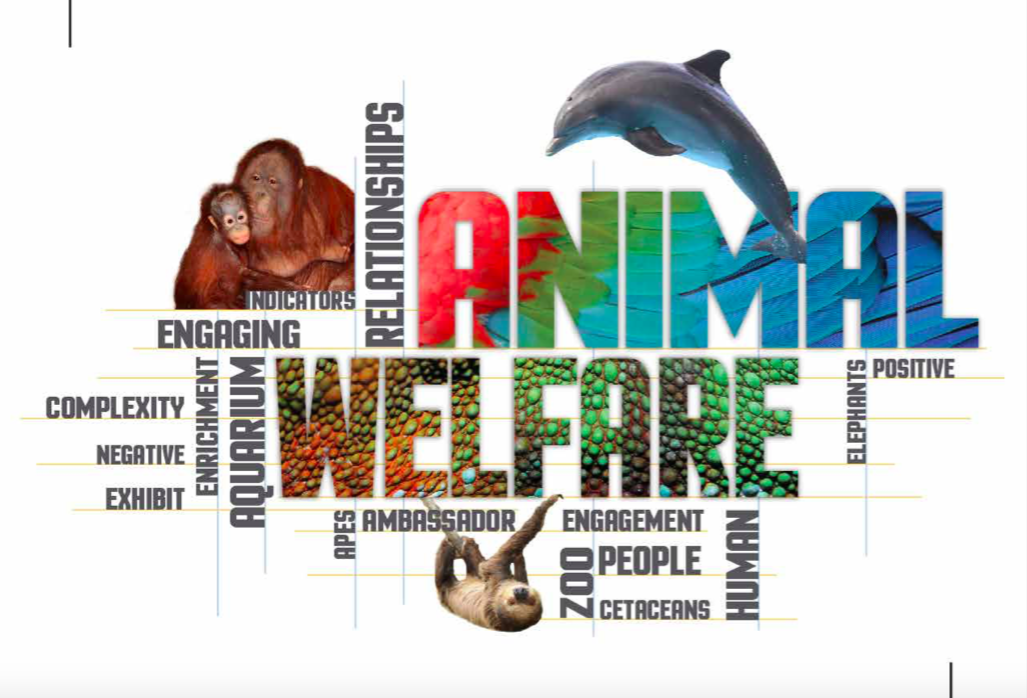Zoos have been around for thousands of years with the oldest operating zoo located in Vienna, Austria called the Tiergarten Schönbrunn. They have been opened since 1752 by Emperor Franz I, Stephan von Lothringen.

Since the opening of zoos, tourists and locals alike have been attracted by their curiosity of wild animals and the fascinating glimpse they provide into the real, wild and natural lives of animals.
Objective
The aim of this webpage is to increase the viewer’s knowledge of potential welfare issues in zoos and explore various strategies to improve welfare in Zoos.
Background
The history of animal welfare in zoos is complicated. Starting from the Greek and Roman times, there has been a respect for animals in everyday life (Harden, 2013). However, as the centuries progress, the regard for animals became a form of entertainment such as bear baiting which was finally banned in 1826 (House of Commons). The following timeline shows a glimpse of increasing improvements in animal welfare in captive animals.
1876 – Cruelty of Animal Act, amended in the Criminal Code of Canada (Lyons, 2013).
1950 – Heini Hediger published a book called Wild Animals in Captivity which focuses on animal welfare with respect to their allocated space in the enclosure.
1960 – Desmond Morris studied the behavior in captive animal and suggested using environmental enrichment in cages to stimulate natural behavior (Morris, 1960).
1960 – Morris also suggested using red light in nocturnal animal enclosures to minimize disturbance to the animals (Morris, 1960).
1992 – Creation of Animal Welfare journal.
1998 – Creation of Journal of Applied Animal Welfare Science.
2002 – Association of Zoos and Aquariums (AZA) established the Animal Welfare Committee which continues to promote the good welfare for their accredited zoos (Powell and Watters, 2017).
2007 – First International Zoo Animal Welfare Symposia in which a group of experts share new techniques that can improve welfare for animals in captivity (Powell and Watters, 2017).
2015 – World Association of Zoos and Aquariums (WAZA) published a book called Committing to Conservation which aims to meet the physical and psychological needs of wild animals in captivity (WAZA, 2015).

(Chicago Zoology Society, 2017)
